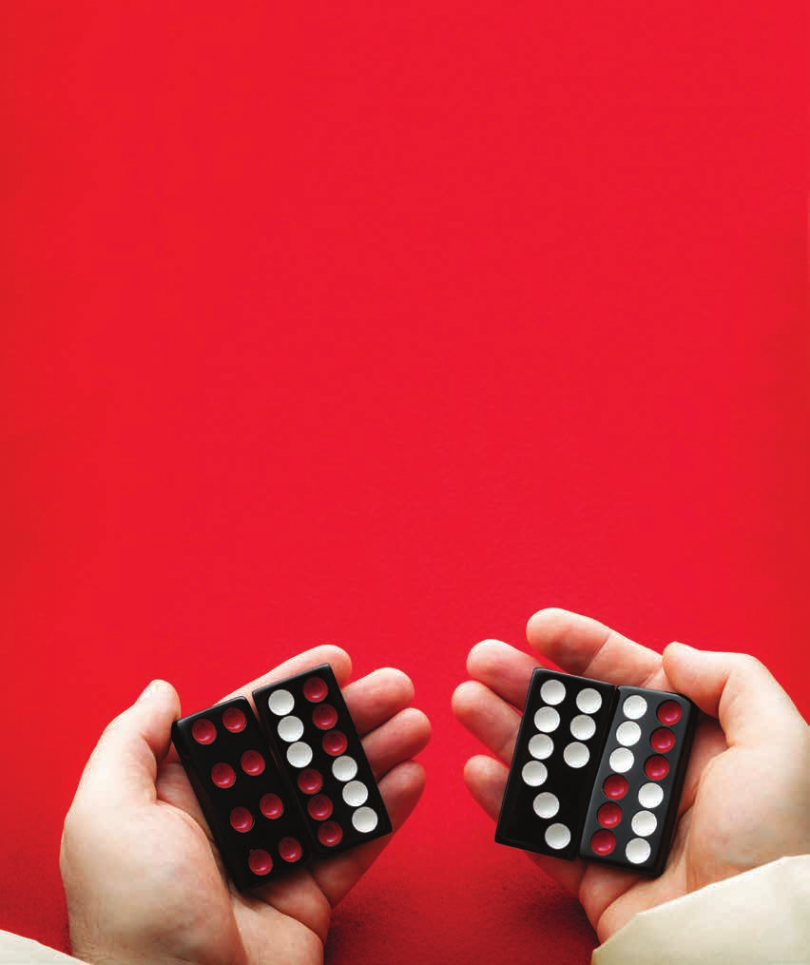WGM continues with Part 2 of a three part series on the game of Pai Gow in which we look at pairs and standards hands.
Last issue we introduced you to the tiles and basic rules of Pai Gow (visit wgm8.com to read). Now let’s move on to Part B, in which we start to evaluate the hands we are dealt. In learning how to evaluate hands, we truly begin to learn the mechanics of the game. The game of pai gow is not rocket science but in comparison to games like roulette, blackjack and baccarat it can be very complicated. In some ways this is part of the beauty of the game!
Remember a hand in pai gow is two tiles. There are three groups of hands in pai gow:
- Pairs
- Wongs, gongs and high 9s
- Standard hands
This is the order of hands from strongest to weakest, but we are going to explain these in a different order as it makes the explanation easier to understand.
Pairs
Pairs are the strongest hands in pai gow. If you are dealt two tiles that are exactly the same then you nearly always play them together. Obviously, two pairs would give you the very best start, as you then have a pair for your high hand and a pair for your low hand.
As we said before there are 16 pairs in a pai gow deck with 11 of those being identical. The other five are nonidentical. The biggest problem for beginners is there are multiple tiles that carry the same number of pips, and some are pairs while others are not. For example, let’s have a look at the sevens.
Here are the four tiles in the deck that have seven pips on them:
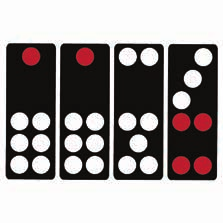
Now this is a pair of tit (or a tit pair)
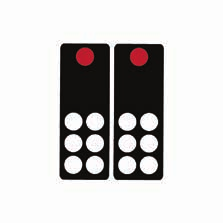
And this is a pair of chop chit (or a chop chit pair)
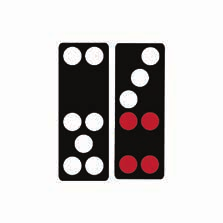
but this is not a pair at all
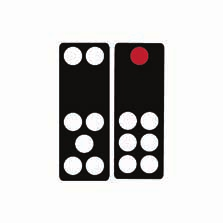
it is just a standard hand (explained further below)
When you start playing pai gow, you can use a list of all 16 pairs in rank order. This will help you work out if your hand is a pair or not.
Notice that the gee joon non-identical pair is the highest pair, followed by the eleven identical pairs (teen, day, yun, gor, mooy, chong, bon, foo, ping, tit and look, in that order), followed by the four “chop” non-identical pairs (chop gow, chop bot, chop chit and chop ng, in that order). Remember the words gow, bot, chit and ng sound very much like the Cantonese pronunciation of 9, 8, 7 and 5, and those are the number of pips on the chop gow, chop bot, chop chit and chop ng tiles, in that order.
Standard hands
Let’s skip the wongs, gongs and high 9s for now and consider the standard hands, because understanding the standard hands will help in understanding the wongs, gongs and high 9s.
Standard hands will be easy for baccarat players as the magic number here is 9. The best normal hand is 9 and the lowest is 0. As in baccarat, ignore multiples of ten. For example, a tile with 9 pips plus a tile with 7 pips totals 16 pips, so the score for that hand is 6. A tile with 11 pips plus a tile with 10 pips totals 21 pips, so the score for that hand is 1.
If you haven’t been dealt a pair, a wong, a gong or a high 9 in your four tiles then you have to play two standard hands. This is more common than not. The best strategy here is to make your two hands as close together as possible. Let’s look at this hand:
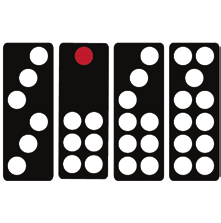
From left to right chong, tit, chop gow, foo
There are the three possible options when dealt these four tiles. Obviously setting your hand as in the diagram above is your worst possible option. You have 3 for your high hand and 0 for your low hand. Playing this would be a total mistake.
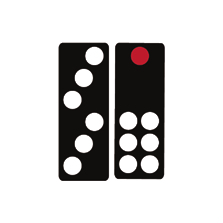
6 + 7 = 13 High is 3
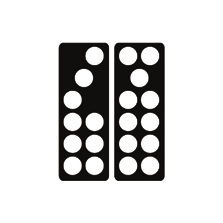
9 + 11 = 20 Low is 0
Setting your hand as below would be your second-best option but still not optimal. Your aim should be to get your high and low hand as close together as possible.
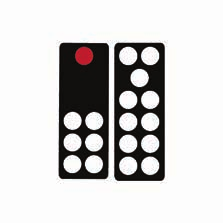
7 + 11 = 18 High 8
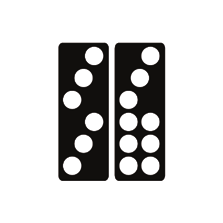
6 + 9 = 15 Low 5
Setting your hand as below is the right set for these tiles. Your 7 high is not strong but your 6 low is in with a fighting chance of getting you out with at least a push.
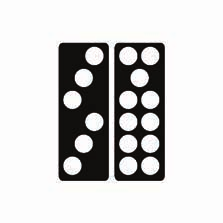
6 + 11 = 17 High 7
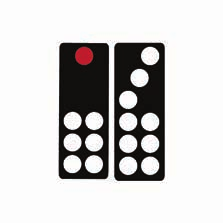
7 + 9 = 16 Low 6
There are times where you might be forced into playing a very strong high hand with a very weak low hand. In a perfect world you want two strong hands. When this is not possible, as it often isn’t, we need to play for a push. When we are playing for a push we want to maximize either our high or our low hand. If we don’t have a pair, wong, gong or high 9 we are not going to have a very strong high hand. This means our strategy is to make our low hand stronger at the expense of the high hand bringing the two hands as close together as possible.
In this situation we hope the banker is forced into playing the other way around (strong high and weak low). This would see us push the hand even though we are playing relatively weak tiles. These hands can also win on occasions where the dealer has shocking tiles.
Let’s now recap what happens when your hand and the banker’s hand total the same. The rule here is pretty simple. You take the highest tile and judge the hand on the rank of that tile (not the number of pips). Let’s have a look at three different hands totaling six.
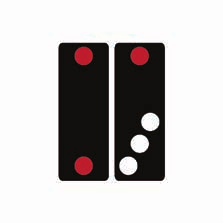
This is a day-six
Out of the three this is the biggest six and is known as a day-six. This means the biggest tile in the hand is the day. The day tile is used to decide the hand when tying with the banker’s six.
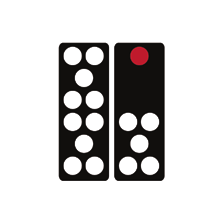
This is a mooy-six
Out of the three this is the second biggest with the hand judged on the mooytile. This is a mooy-six, which is not as big as a day-six.
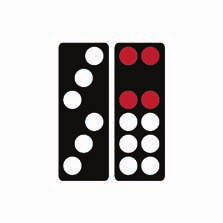
This is a chong-six
This is the weakest of the three hands totalling six, and is known as a chong-six. This is weaker than the day and mooy sixes. Notice that the chong is a bigger tile than a ping, even though a chong only has 6 pips and a ping has 10 pips.
Remember if two standard hands total the same and have the exact same high tile, then the banker wins, irrespective of the value of the weaker tile of each hand. There is one more exception: if both you and the banker have a standard hand of zero, then the banker wins, even if you have a “higher zero” by having the highest ranked tile of the two zero hands.

